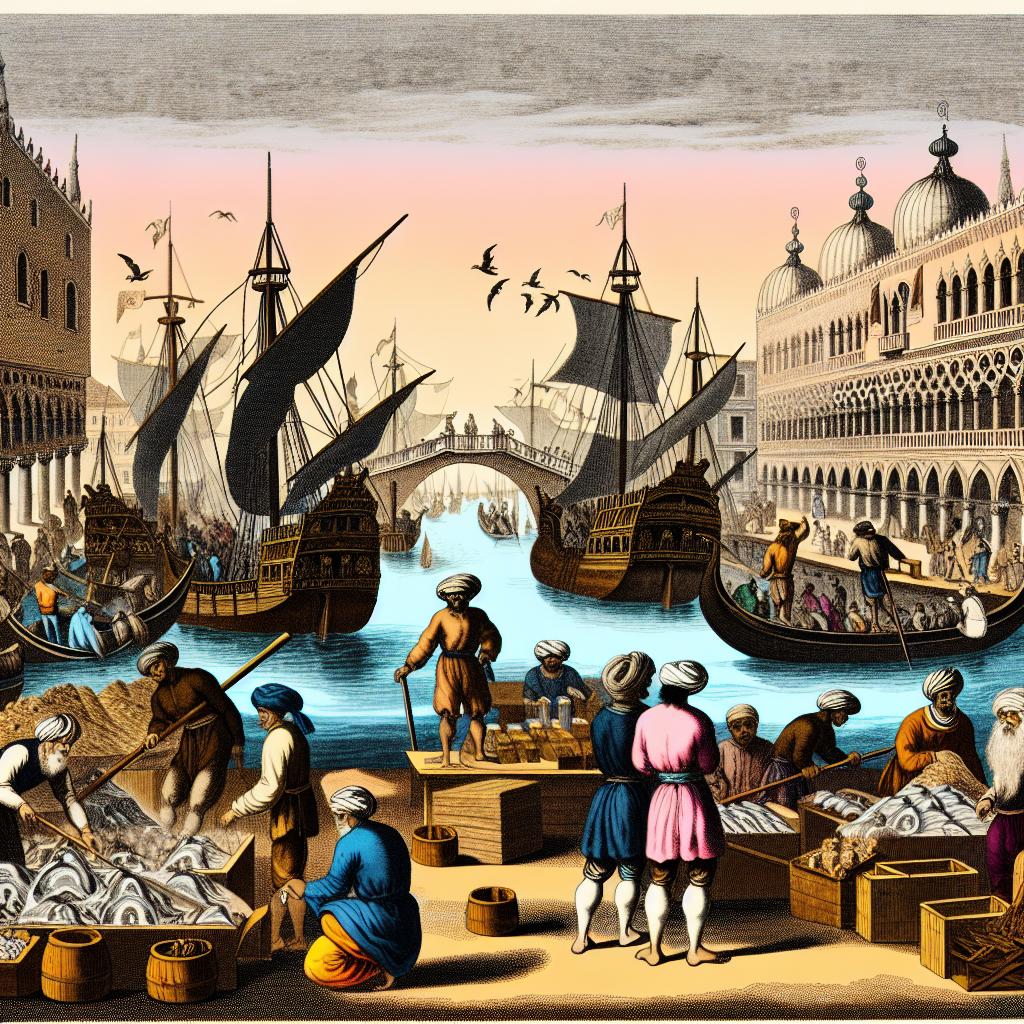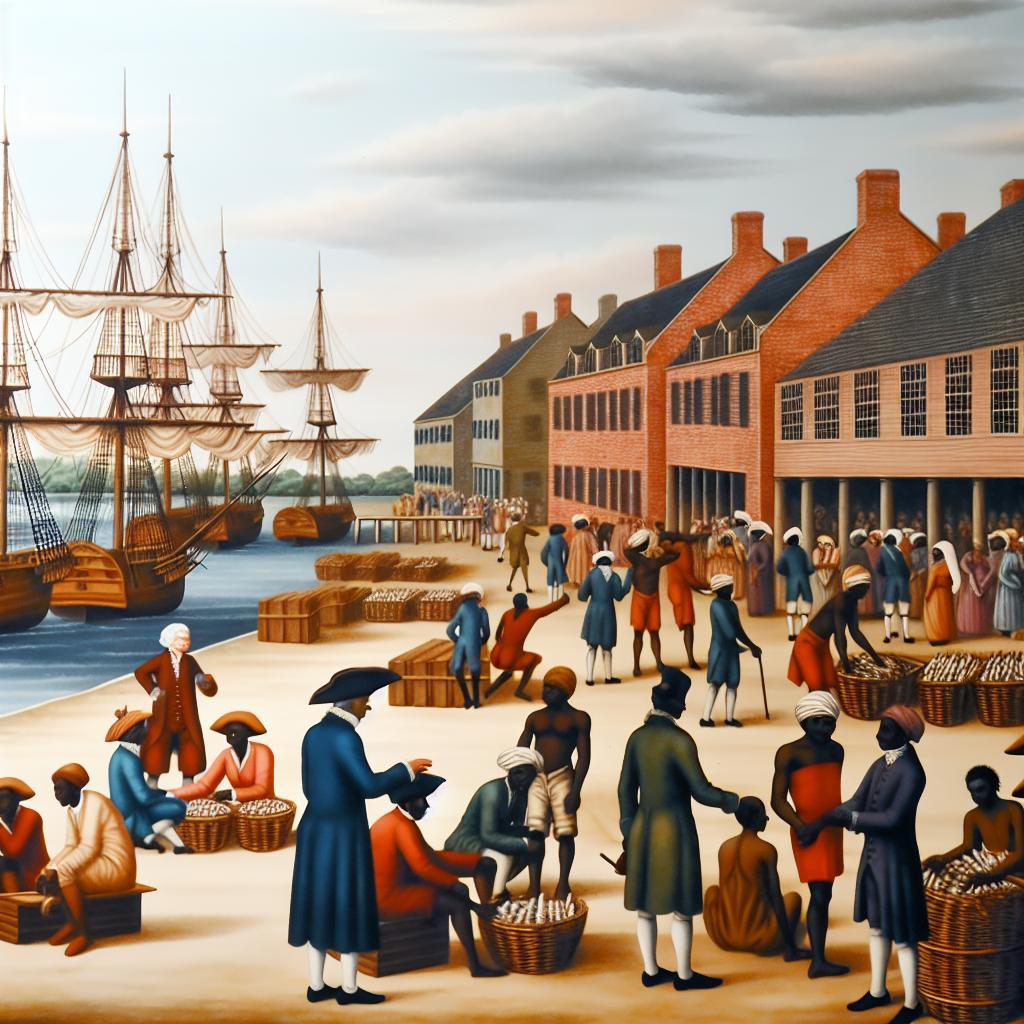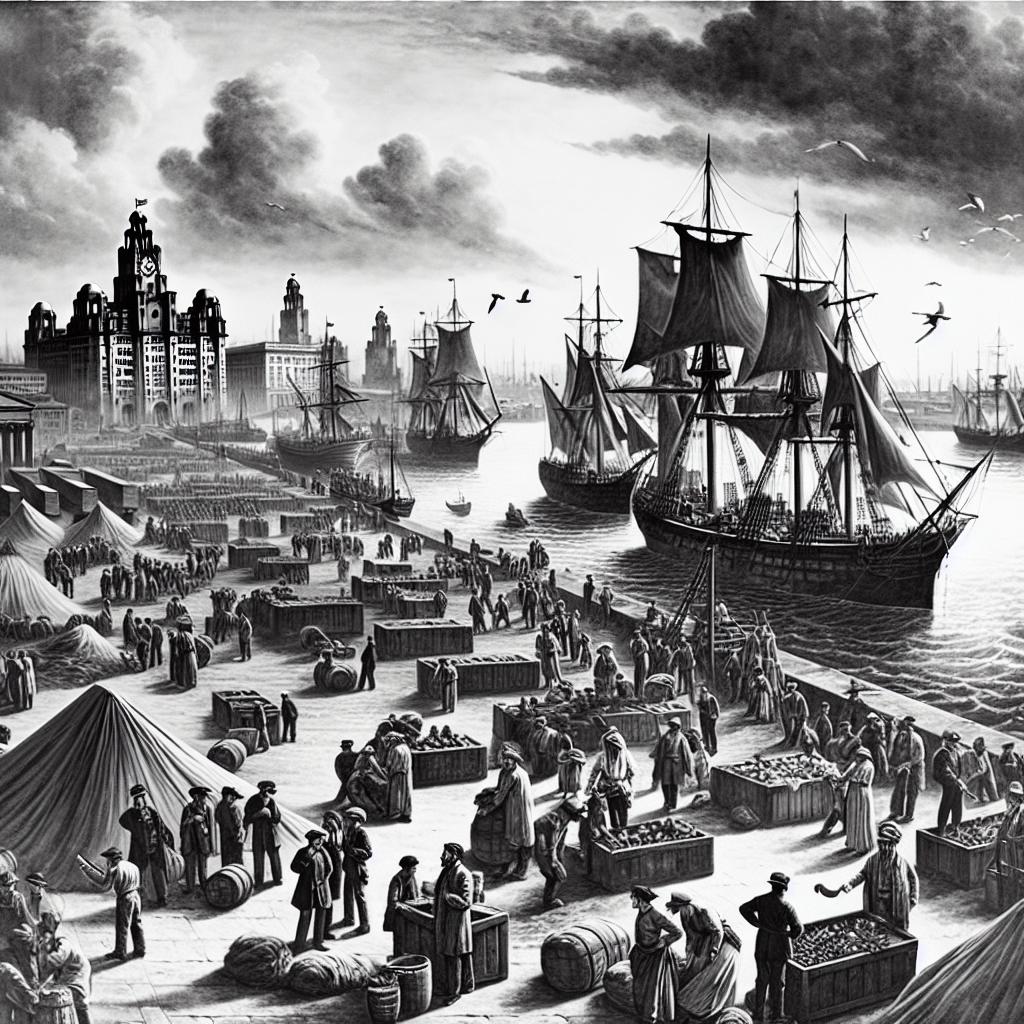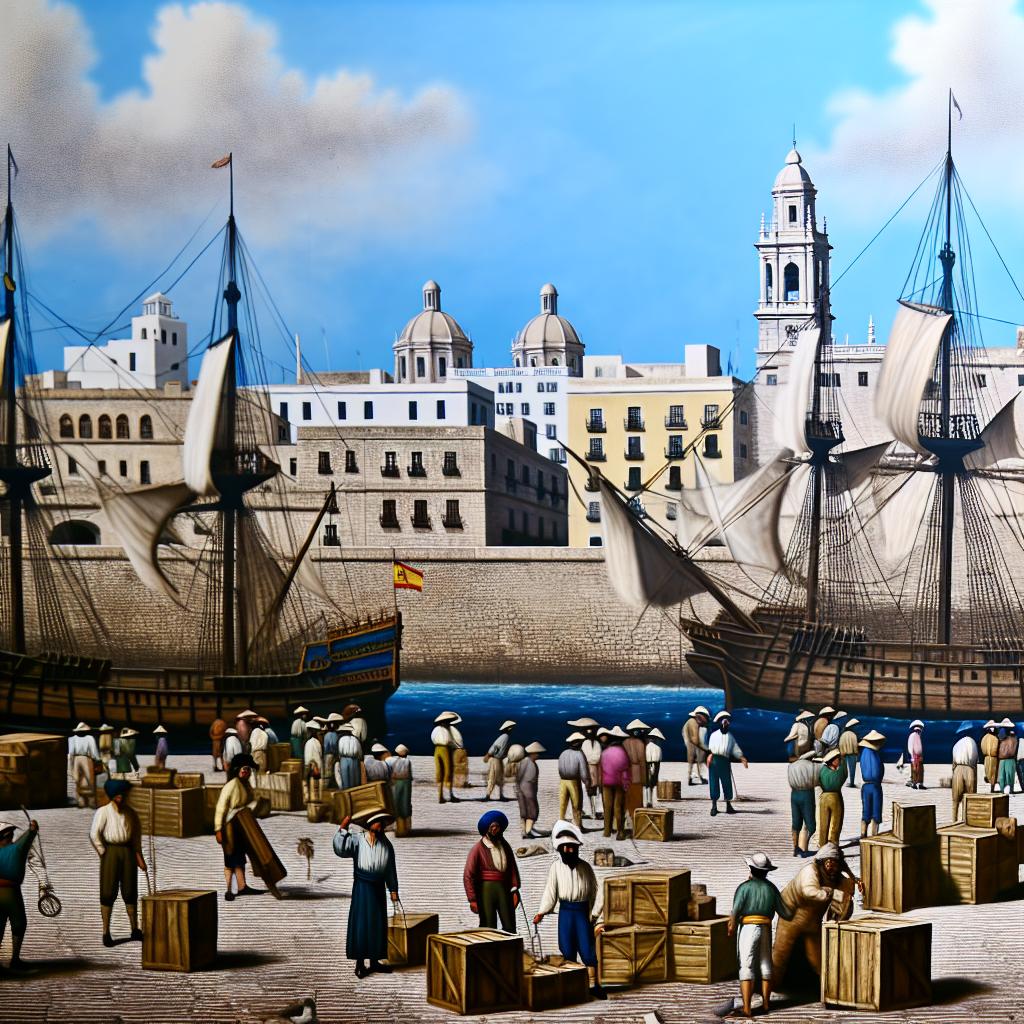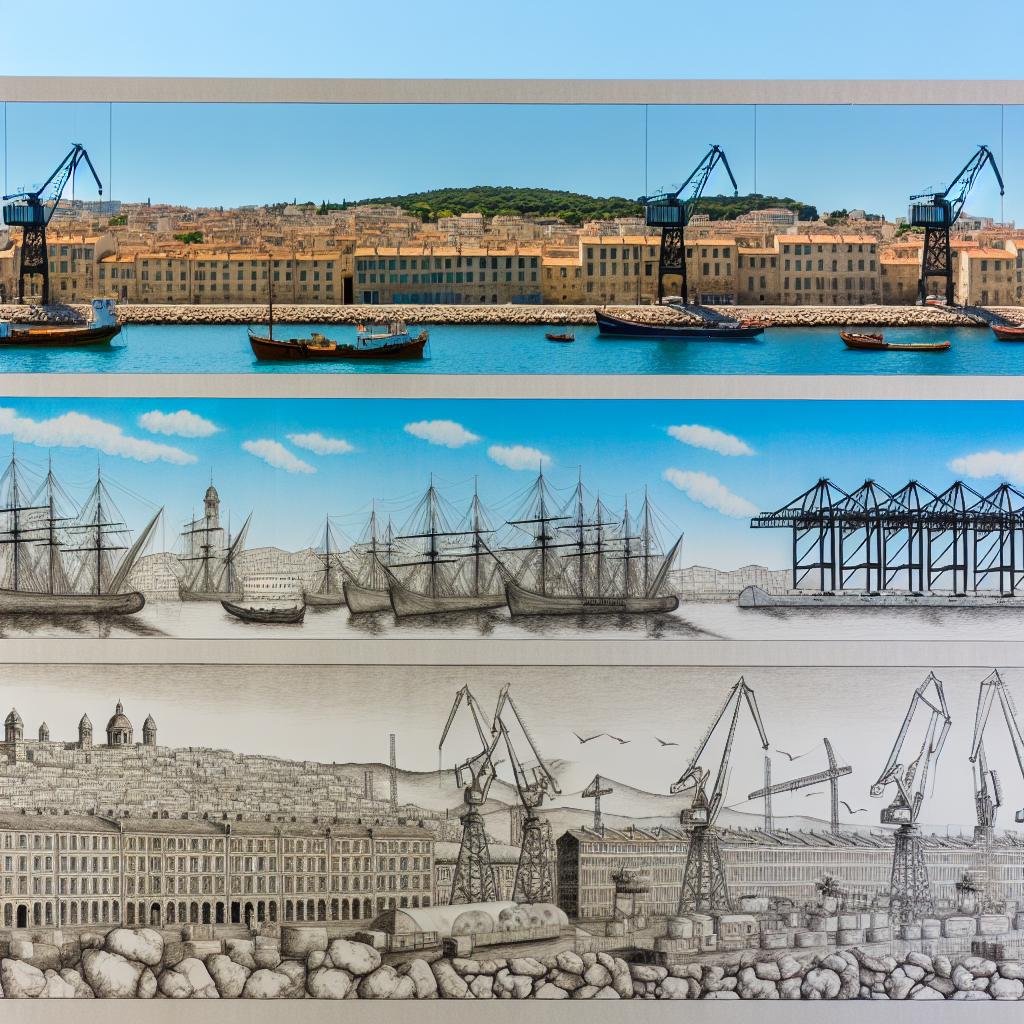The Historical Significance of the Port of Venice
The Port of Venice, located in the northeastern part of Italy, has played a pivotal role in maritime history. Its strategic position in the Venetian Lagoon provided a critical link between the East and West during the height of the Venetian Republic. This unique location and its maritime prowess allowed Venice to emerge as a significant economic and cultural hub, influencing regions far beyond its borders.
Development of Maritime Trade
Venice’s prominence as a major player in maritime trade began in the early Middle Ages. During this period, Venetian merchants embarked on extensive travels across the Mediterranean, initiating and strengthening trade routes that bridged the geographical gap between Europe and the more distant lands of Asia and Africa. These merchants traded in a variety of goods that were highly sought after across different continents. This trade included commodities such as spices, silks, and precious metals, which were prized in Europe for their scarcity and value.
The Port of Venice became a bustling center of activity, where ships arrived with plenty of wares waiting to be delivered across European markets. Its function extended beyond simply loading and unloading goods; the port served as a logistics hub, facilitating the efficient transfer and distribution of goods. This vital role enabled Venice to establish itself as a centralized hub for commerce, which ultimately supported the city’s economic growth and success.
Technological Innovations
Technological advancements significantly contributed to Venice’s maritime dominance. Venetian shipbuilders gained recognition for their ability to craft vessels capable of enduring long and often treacherous sea voyages. They developed ships that combined the necessary attributes of speed, agility, and cargo capacity, effectively supporting the city’s expansive trade networks.
One of the most notable Venetian contributions to maritime technology was the galleon. The design of the galleon allowed it to be both fast and able to carry large volumes of cargo or passengers, thus cementing its importance as a vital asset in Venice’s fleet. This innovation ensured that Venice not only maintained its established trade routes but also stimulated further economic growth and prosperity by facilitating more efficient and reliable transportation.
Political and Military Influence
Beyond its importance in matters of commerce, the Port of Venice was vital in both political and military aspects. The city famously boasted a formidable navy, considered one of the most powerful maritime forces in the Mediterranean at the time. This naval strength was crucial in ensuring the safety of trade routes, which were often plagued by threats such as piracy and hostile rival states.
Control over the seas empowered Venice to exert political and military influence over numerous islands and coastal territories in the Mediterranean region. The ability to command the waters allowed the city to engage in expansive diplomatic ventures and establish favorable trade agreements, enhancing its economic and political relationships across Europe and the Middle East. The Doges, the political leaders of Venice, astutely leveraged this naval might and diplomatic finesse to reinforce Venice’s influence and secure its status as a Mediterranean power.
Cultural Exchange and Impact
While renowned for its bustling commerce, the Port of Venice also emerged as an epicenter of cultural exchange. Its unique positioning as a junction between a multitude of civilizations fostered a fertile environment for the interchange of diverse ideas, knowledge, and artistic expressions. This cross-pollination of cultures enriched Venetian society immensely, infusing it with a rich blend of influences.
The cultural exchange that took place in Venice was visible in various facets of daily life, particularly in the sphere of art and architecture. Venetian structures and artworks often reflected a synthesis of styles and techniques inspired by the diverse cultures that the city engaged with. This vibrant interplay of traditions and innovations reinforced Venice’s reputation as a center of creativity and intellectual vigor.
In essence, the Port of Venice served as a cornerstone in the realm of maritime history, with its strategic location and innovative shipbuilding practices playing a crucial role in fostering economic prosperity and cultural development. The vision of its leaders, combined with the city’s geographic advantages, enabled Venice to exert an enduring influence on the landscape of international trade and diplomacy. The legacy of the Venetian Port remains evident in the ways it shaped maritime practices and international relations, leaving an indelible mark on history that echoes to this very day.
In retrospect, as we consider the significance of the Port of Venice, it is essential to recognize its development as a complex interplay of geography, commerce, technology, and culture. Each of these elements intertwines to create a tapestry that is not only rich in historical merit but also in the lessons that it shares with the modern world. The narrative of Venice’s port stands as a testament to human ingenuity, the power of innovation, and the capacity of a city to influence the world beyond its physical confines.
Venice’s story as a maritime power is not merely one of conquest and commerce but also of curiosity and cultural appreciation. The port symbolized a meeting ground, a confluence where different worlds came together and, in doing so, created something greater than the sum of its individual parts. Such exchanges fostered resilience and adaptability, qualities that propelled Venice to heights of power and prestige. Consequently, the Port of Venice serves as a compelling historical exemplar of how a strategically located city can harness its resources and intellect to leave a lasting legacy on the global stage.
